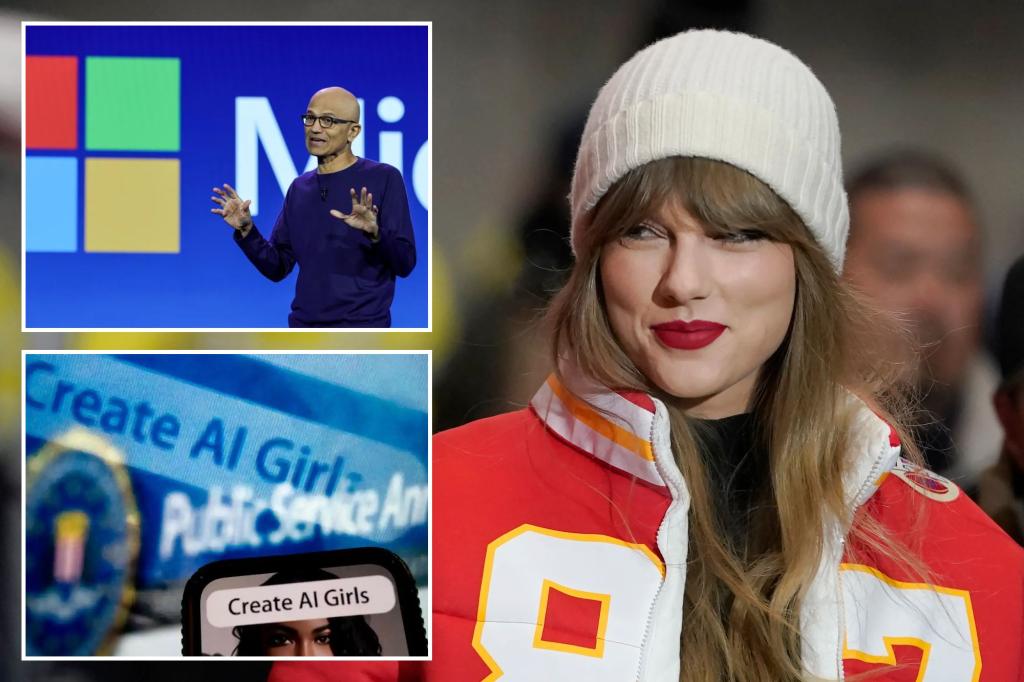Microsoft has taken action to restrict the misuse of its free AI software following its association with the creation of sexually explicit deepfake images of Taylor Swift. The tech company updated its popular tool, Designer, which utilizes OpenAI’s Dall-E 3 technology for text-to-image generation, by implementing “guardrails” to prevent the unauthorized use of images. These deepfake images, depicting a nude Taylor Swift alongside Kansas City Chiefs players in a scenario related to her relationship with Travis Kelce, were initially linked to Microsoft’s Designer AI before circulating on various platforms.
Microsoft spokespersons confirmed that they are investigating the reports and have initiated measures to address the issue. They emphasized the development of guardrails and safety systems aligned with responsible AI principles to enhance content filtering, operational monitoring, and abuse detection. Users violating the company’s Code of Conduct by creating deepfakes using Designer will face consequences, including losing access to the service.
Microsoft’s CEO, Satya Nadella, stressed the urgency for tech companies to act swiftly in combating the misuse of AI tools. He expressed concern over the dissemination of fake explicit images of Taylor Swift, labeling the situation as alarming. Nadella underscored the importance of ensuring a safe online environment for both content creators and consumers.
The incident involving Swift’s deepfake images prompted significant reactions, with Elon Musk’s platform implementing search restrictions on Swift’s name and X taking precautionary measures to block related searches. The issue has raised concerns about the ethical implications of AI technology, leading to discussions at the legislative and regulatory levels.
The emergence of AI deepfakes has garnered attention at the highest echelons of government, with the White House expressing alarm and lawmakers introducing bills to address the nonconsensual sharing of digitally altered explicit content. The potential repercussions of deepfake technology are expected to be a focal point during upcoming congressional hearings involving tech industry leaders.
As the debate on deepfakes intensifies, the need for comprehensive safeguards and regulatory frameworks to curb misuse and protect individuals from such manipulative practices becomes increasingly apparent.






